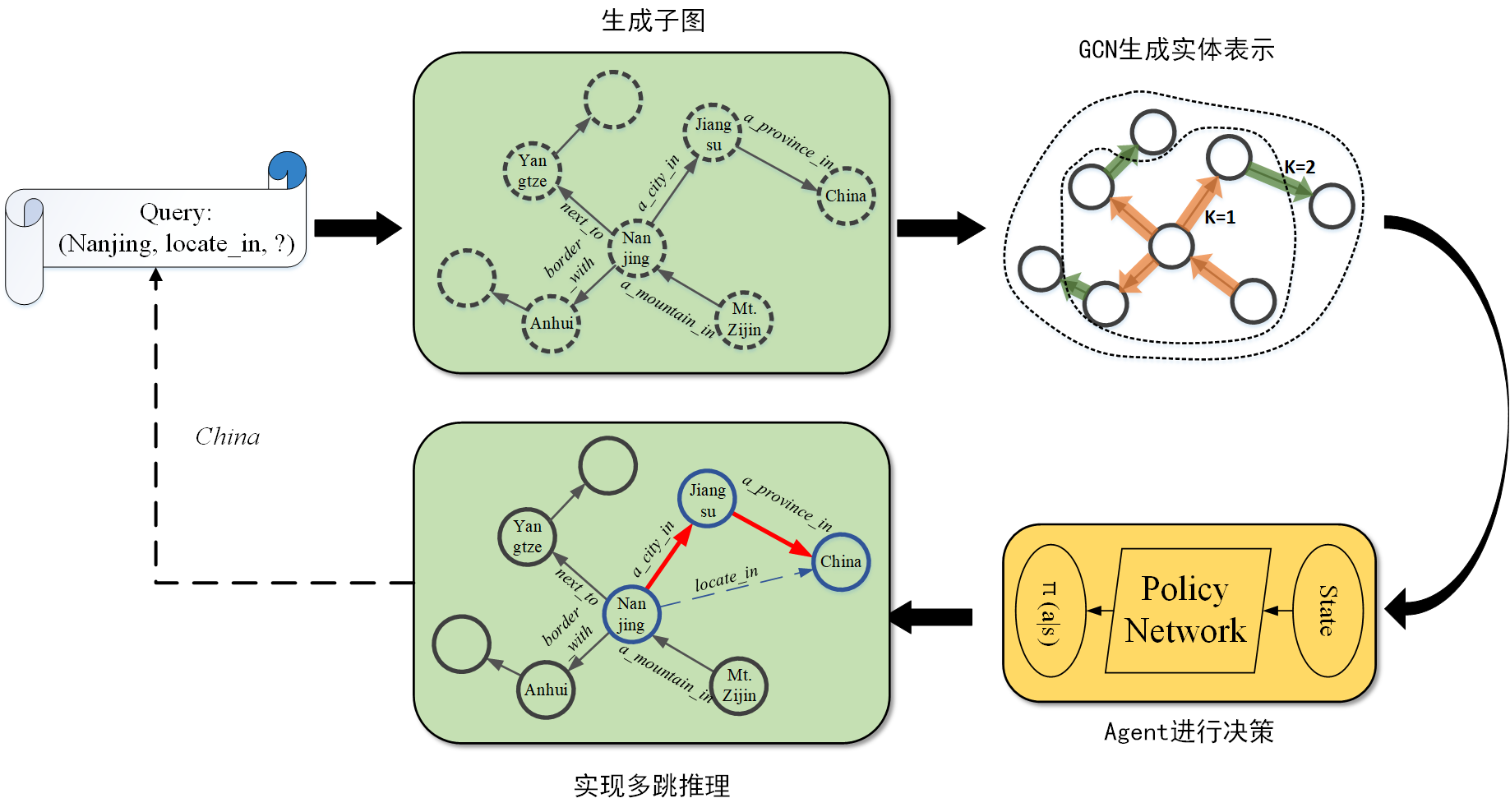Inductive Multi-hop KG Reasoning
Explore multi-hop reasoning on incremental KGs (2020-2021)
This project is supported by State Key Laboratory of Mathematical Engineering and Advanced Comuting in 2020-2021.
Reasoning over knowledge graphs (KGs) aims to infer new conclusions from existing facts. Due to the unceasing growth of knowledge in real life, it becomes crucial to enable the inductive reasoning ability on expanding KGs. Existing work assumes that a batch of new entities all emerges once, which oversimplifies the real scenario in which new entities continually appear. Below is an illustration of how new entities emerge in a real-life scenario extracted from Wikidata.

We propose a novel walk-based inductive KG reasoning model to address a setting where new entities emerge in multiple batches. Specifically, a dynamic relational graph convolutional network is introduced to encode entities using neighboring relations. Furthermore, a metapath-based attention mechanism is proposed to capture the neighbor importance for encoding entities in a query-aware manner.

We conducted experiments on three constructed datasets (FB-MBE, WN-MBE, NELL-MBE) based on FB15K-237, WN18RR and NELL-995. We investigate the performance on tail entity prediction task. The results of our model are pretty good, as shown below.

